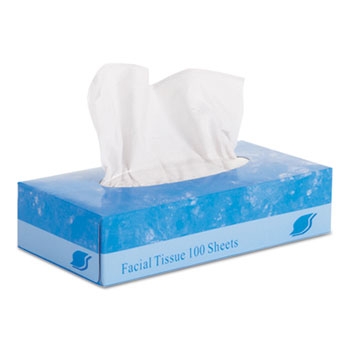The office tissue in the nose is a small, triangular piece of paper that sits at the base of the nostrils. It is used to absorb mucus and keep it from running down the back of the throat. The office tissue in the nose is also known as a booger or a snot.
If you’re like most people, you probably don’t think much about the office tissue in your nose. But did you know that this humble little product can actually be a big help in keeping your office clean and healthy?
That’s because office tissue is an excellent tool for trapping dust and other airborne particles.
When you use it to wipe down surfaces or to blow your nose, you can keep these particles from becoming airborne and circulating around the office. This can help to reduce the amount of allergens and other irritants in the air, making it easier for everyone to breathe.
In addition, using office tissue can also help to prevent the spread of germs.
If someone in the office is sick, using tissue when they sneeze or cough can help to contain their germs and stop them from spreading to others. Of course, it’s still important to wash your hands frequently and practice good hygiene habits, but using tissue can be an extra layer of protection against getting sick.
So next time you reach for a tissue, remember that it’s not just for blowing your nose!
It can also be a valuable tool in keeping your office clean and healthy.

Credit: www.rppsupply.com
What is the Tissue in Your Nose Called?
The tissue in your nose is called the mucous membrane. The mucous membrane is a thin layer of tissue that line the inside of your nose and other parts of your body, such as the mouth, throat, and lungs. The mucous membrane produces a sticky substance called mucus that helps to trap dust and other particles.
Mucus also moistens the air that you breathe and prevents the tissues in your nose from drying out.
Why is There Erectile Tissue in the Nose?
Erectile tissue is found in a number of places in the body, including the nose. This tissue is made up of smooth muscle and blood vessels, and is responsible for becoming engorged with blood during sexual arousal. The erectile tissue in the nose helps to keep the nostrils open during this process, allowing air to flow through and keeping the individual from feeling congested.
Additionally, this tissue may contribute to pleasurable sensations during sexual activity.
What is a Nose Tissue Made Of?
The nose is a facial feature we use every day to breathe, but have you ever wondered what it’s made of? The answer may surprise you – the nose is mostly made of cartilage! Cartilage is a type of connective tissue that is both flexible and strong.
It’s also found in other parts of the body such as the ears and joints.
The outermost part of the nose is covered in skin, which contains tiny blood vessels and nerve endings. Underneath the skin, there are three layers of cartilage.
The upper layer is thin and curved, while the lower layer is thicker and more flat. These layers are separated by a thin layer of tissue called mucous membrane.
Mucous membrane lines the inside of the nostrils and helps to trap dirt and dust particles before they can enter our bodies.
It also helps to keep the nasal cavity moist by producing mucus. This sticky substance traps even smaller particles and prevents them from reaching our lungs.
So, next time you take a close look at your nose, remember all the hard work it does to keep you healthy!
Snot gets Got! (Sinus Debridements)
Nasal Tissues
The nasal tissues are the membranes that line the inside of the nose. They are responsible for filtering, warming, and moistening the air that we breathe. The nose is a very important part of the respiratory system, and it is vital to keep these tissues healthy in order to maintain good health.
There are three main types of nasal tissue: mucous membrane, ciliated epithelium, and glandular epithelium. The mucous membrane is the innermost layer of the nose and it is responsible for producing mucus. This mucus traps dirt, dust, and other particles that enter the nose so that they can be removed from the body when we blow our noses.
The ciliated epithelium is a layer of cells that have tiny hairs (cilia) on them. These cilia wave back and forth to move the mucus towards the throat so that it can be swallowed or expelled from the body. The glandular epithelium produces oils that help to keep the nasal passages lubricated and prevent them from drying out.
Keeping your nasal tissues healthy is important for overall health. There are a few things you can do to keep them healthy:
-Avoid smoking or exposure to secondhand smoke as this can damage your nasal tissues.
-Wash your hands regularly to avoid spreading germs into your nose.
-Use a humidifier in your home to keep indoor air moist which will prevent your nasal tissues from drying out.
Conclusion
There are many benefits to having a tissue in the nose. The first benefit is that it helps to keep the nose clean. It also helps to absorb any moisture that may be present in the nose.
This can prevent the formation of mucus and help to keep the nostrils clear. In addition, a tissue in the nose can help to protect the delicate skin inside the nostrils from irritants such as dust and pollen.
